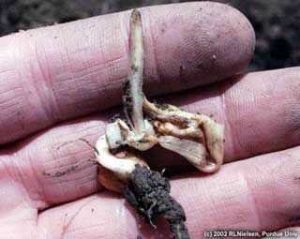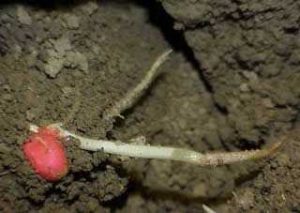Parts of the upper Midwest experienced below-freezing temperatures during the last few days of May. In this week’s #AskTheAgronomist, Latham Precision Agronomist Phil Long covers how to evaluate frost damage in corn and soybeans.
-
Latham Hi‑Tech Seeds
#AskTheAgronomist: Evaluating Frost Damage in Corn and Soybeans
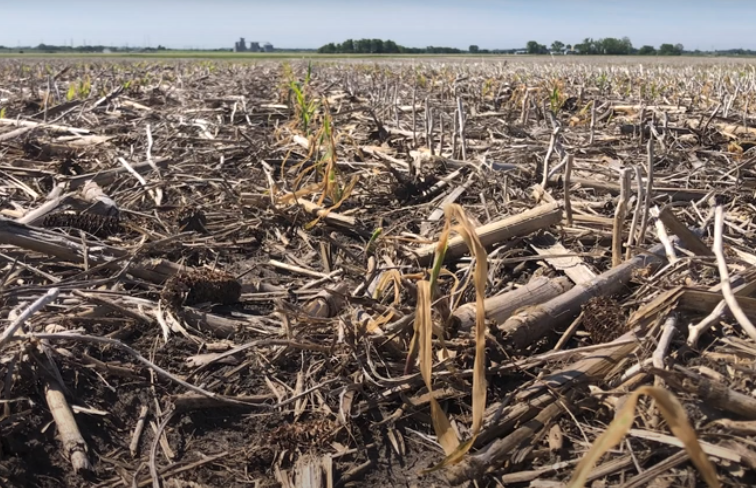
-
Latham Hi‑Tech Seeds
Frost Damage in Corn & Soybeans
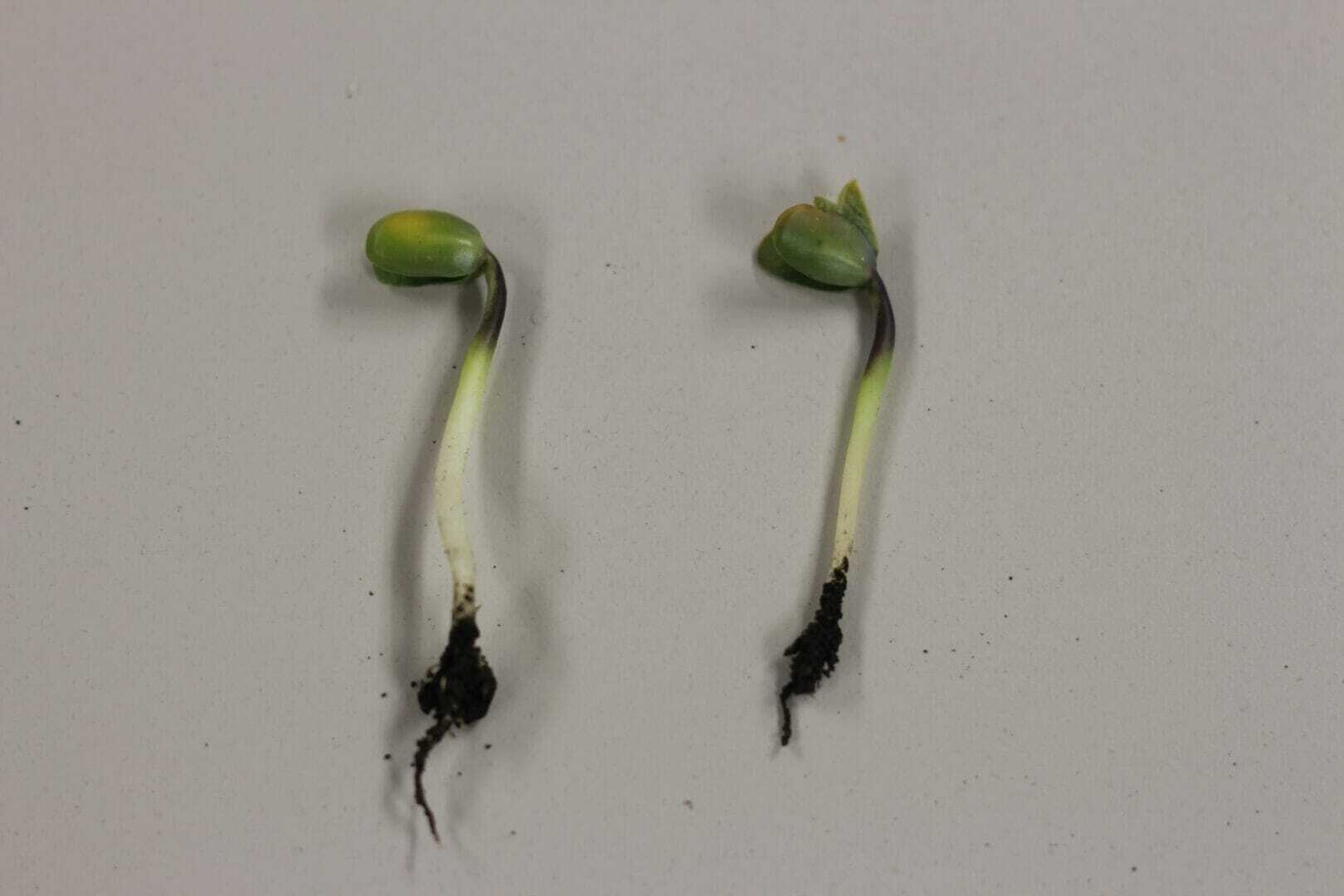 Phil Long discusses the implications of an early-season frost in both corn and soybeans. Tune in to learn if your crop was affected. #LathamSeeds:15 — Welcome:35 — Topic introduction & indicating factors3:30 — Frost damage in corn8:50 — Frost damage in soybeans
Phil Long discusses the implications of an early-season frost in both corn and soybeans. Tune in to learn if your crop was affected. #LathamSeeds:15 — Welcome:35 — Topic introduction & indicating factors3:30 — Frost damage in corn8:50 — Frost damage in soybeans -
Latham Hi‑Tech Seeds
Early Season Frost or Freeze Damage in Corn

The virtue of patience is most beneficial when the time comes to assess frost or freeze damage in early-season corn. Once a frost or freeze event takes place, do an initial assessment of your field and wait 3-5 days before making any final decision on how to proceed. Young corn plants can tolerate cool temperatures up to V5 since the growing point is still below the soil surface. Early season damage caused by the cold temps does not show up immediately as the cells that get broken from the freezing moisture inside the plant may look normal the first morning after a freeze. Depending on the actual low temperatures, symptoms may take a day or so to appear.
Frost Damage Assessment
- Identify Location – Note field locations that experienced the cold temperatures. Also note the lay of the land in those fields such as low spots, hill tops, general slope direction.
- Soil Moisture – Record the soil moisture levels across the entire fields, possible dry hill tops and wetter low areas. Moist soil can offer some protection.
- Soil Temperature – Check soil temp in different location across the field.
- Soil Type – Be conscious of the soil type. Sandy soil cools much faster than silty or clay soils.
- Weather Data – Utilize location weather station info to determine the lowest temperature and duration of that temperature.
Frost Damage

Corn at V4 damaged from frost event. Above-ground tissue is dead (brown) but the growing point was still below-ground and is alive (white-yellow tissue) Young corn plants can tolerate some low temperatures and still survive and achieve high yields. The growing point of the plant remains under the soil until the plant reaches V5. At this stage, you will see five leaf collars showing around the stem. You may have more leaves visible, so count the collars for accurate assessment of crop stage. Low temperatures that do not fall below 30 degrees generally just damage the exposed leaves and do not hurt the growing point. However, recovery of these plants may take some time (up to a full week) depending on weather after the frost. Below is a photo from the Iowa State University Integrated Crop Management newsletter showing a viable growing point after a frost event.
Frost Damage Management
- Wait 3 to 5 days with temps above 70 degrees. Wait even longer with lower temperatures.
- Assess percentage of damaged plants and survival rate prior to any replant decision.
- Allow plants to recover prior to any herbicide or fertilizer applications, this may take a week to 10 days.
- Note the amount of leave tissue lost and how it will affect your crop staging.
- Loss of two leaves in 4 leaf corn will still be classified as V4. This becomes important for later application of herbicides. Keep the leaf loss in mind when staging corn for later applications to assure you are not past a window that may cause herbicide injury.
Freeze Damage
If you experience low temperatures of 28 degrees or lower for a prolonged period of time, most all the plants in a field will show significant damage. These extended low temperature situations become more critical for assessment. You may see variation across a field due to soil type, soil moisture content or the amount of residue on the field. Corn damaged by a hard freeze will still need patience for assessment. Assess all fields after hard freezing temperatures, even those that have not emerged yet. Check soil temps at 2” level soon after a freeze for a sound understanding of the scope of damage to a field.
Freeze Damage Assessment
- Soil Temps – Check soil temps at 2” level in multiple locations of the damaged field to gain knowledge of how widespread the damage has occurred. This needs to be recorded early.
- Patience – Wait 3-5 days to allow the full expression of effects of the freeze.
- Plant Tissue – Slice open young plants and observe the growing point. Brown and water-soaked tissue vs white or green tissue. See earlier photo for viable plant.
- Dig Un-emerged Seeds – Hard kernels remain viable while soft/mushy kernels will not germ or have the energy to push the sprout through the soil.
The photo on the left shows leafing out underground due lack of energy of seedling. The photo on the right shows damage to the coleoptile that will result in shoot not having capacity to push through the soil. Photo courtesy of RL Nielsen, Purdue Univ.
Freeze Damage Management
- Wait 3 to 5 days with temps above 70 degrees, longer if lower temps.
- Slice open emerged plants and determine percentage of population damaged.
- Dig up un-emerged seedlings and kernel assess viability and determine percentage of population damaged.
- If stand damage is substantial, assess the costs and benefits of leaving the stand versus replanting.
Patience is key when assessing damage from a frost or freeze event. If you allow time for the crop to respond to the event, you will make better decisions for that damaged field.
-
Latham Hi‑Tech Seeds
#AskTheAgronomist: Imbibitional Chilling or Chilling Injury?

Will your planted fields be affected by imbibitional chilling? Tune in the hear symptoms of the chilling effect.
-
Latham Hi‑Tech Seeds
Planting Tips with Snow in the Forecast

Join us this morning on #AskTheAgronomist as we discuss pertinent planting tips with the recent addition of snow in the forecast. #LathamSeeds
-
Latham Hi‑Tech Seeds
Fall Frost Damage in Corn and Soybeans
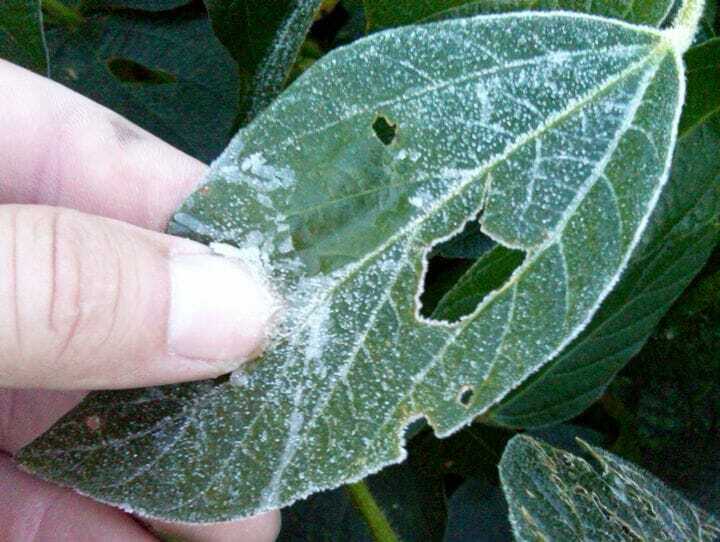
Frost damage occurs in corn and soybeans when plants are exposed to freezing or below-freezing temperatures. Damage can occur to the plants above and below the soil when temperatures range from 28 to 32°F and colder. Corn and soybean plants exposed to air temperatures below 28°F are often lethal and prevent plants from undergoing full recovery from injuries. The key in assessing frost damage is waiting five days to allow for any potential growth recovery or rehabilitation to occur.
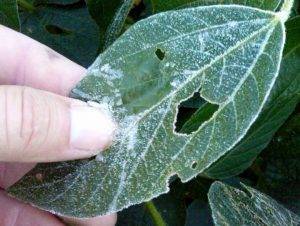
Credit: Michigan State University Fall Frost in Soybeans
Once soybeans begin maturity and already have developed pods, they are most often immune from frost injury. Soybeans placed in narrow rows can have more protection from freezing air temperatures in being covered by leaf canopies. Pods growing on the lower portion of the plant are less vulnerable to frost damage than those on the top part of the canopy. Injured soybeans exhibit elongated pods that shrink to smaller than normal sizes upon drying. Most yield loss occurs during the full seed maturity stage.
Soybeans damaged by frost should be dried at a temperature no higher than 130°F and may have lower oil content. Both frost damaged corn and soybeans may also have delayed dry down.
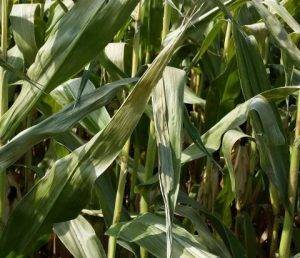
Credit: University of Minnesota Fall Frost in Corn
Frost-damaged corn can exhibit softened kernels prone to breakage and should be dried at temperatures below 160°F and be stored at a moisture level no higher than 14%. The storage life for frost-damaged corn will be cut in half and damaged corn should be handled separately from uninjured corn.
-
Latham Hi‑Tech Seeds
Protect Soybeans from Cold Temperatures
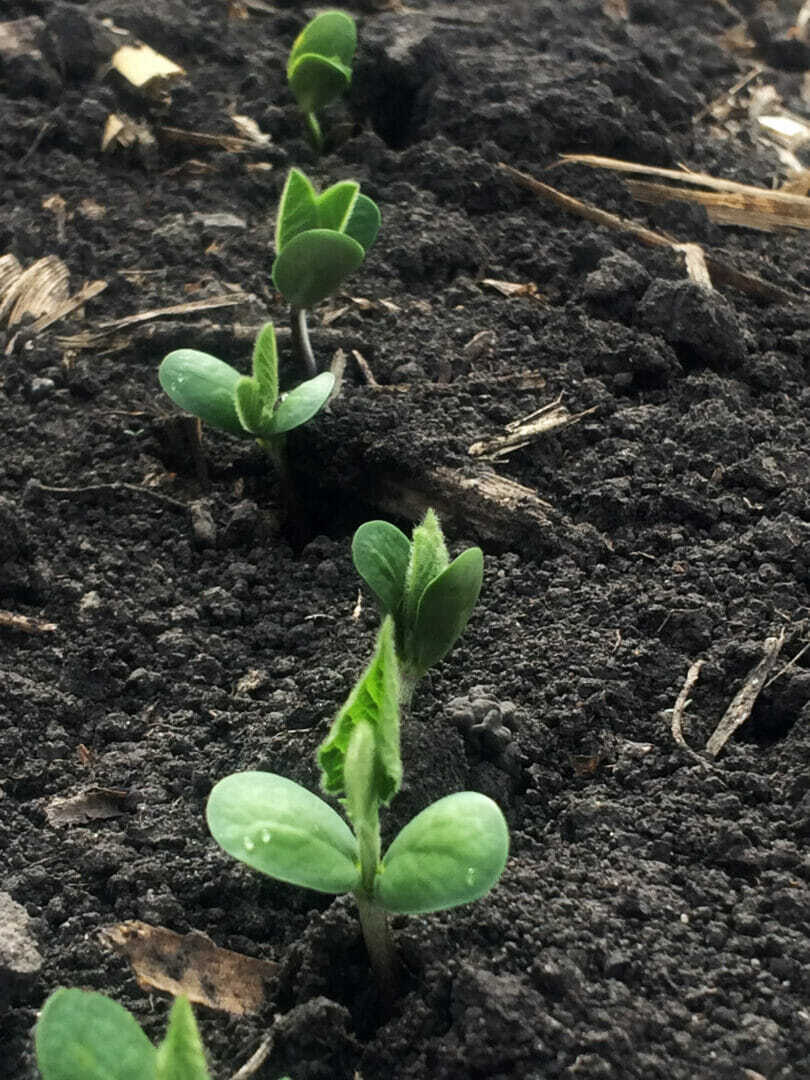
 Many of our minds are already on the upcoming planting season. This week someone posed the following question, “How hard of a frost can soybeans withstand?”
Many of our minds are already on the upcoming planting season. This week someone posed the following question, “How hard of a frost can soybeans withstand?”It’s a great question, so I wanted to address the topic of early planting a bit, well, “earlier” than usual!
The first thing to keep in mind is that cold temperatures at or before planting can negatively affect the growing point of the plant. For corn, that growing point stays under the soil surface until the V5-V6 stage, helping protect the plant to a certain degree from colder weather spells for several weeks. For soybeans, however, the growing point comes out of the ground at emergence. Therefore, a soybean seedling is immediately vulnerable to cold weather.
Using a fungicide seed treatment will help protect young soybeans from seedling diseases at this early stage, but they are not designed to protect against cold temperatures. Soybeans typically require over 100 growing degree units (GDU’s) to accumulate before emergence, which is similar to corn that requires about 125 GDU’s. Abiding by the minimum soil temperature of 50 degrees Fahrenheit will keep you away from poor emergence and the seedling disease risk associated with soil temps below 50 degrees. That’s why I suggest watching the weather forecasts before you plant soybean seed, and do your best to ensure hard frosts (which take place at 28 degrees Fahrenheit) are no longer possible.
Remember, when soybeans emerge, they have a growing point at the base of each cotyledon and at the main shoot. The main shoot is the small leaves in-between the cotyledons. If you notice brown on the stem below the cotyledons, the plant will not recover. Early planting is proven to provide higher yields, but it is is fine balance between the two, so watch weather forecasts and soil temperatures so you can find the balance on your own farm.
Additional tips to keep in mind before planting:
- Grab a clump of soil and watch how easily it crumbles. If it stays in a ball, conditions are NOT right for planting. If it crumbles easily, the soil is fit for planting.
- Make sure your planting date is covered in your farm insurance policy – this includes your “do not plant before” dates. If you plant outside those dates, your insurance could be jeopardized.
-
Latham Hi‑Tech Seeds
Spring Frost Damage in Corn and Soybeans

Frost damage occurs in corn and soybeans when plants are exposed to freezing or below-freezing temperatures. Damage can occur to the plants above and below the soil when temperatures range from 28 to 32°F and colder. Corn and soybean plants exposed to air temperatures below 28°F are often lethal and prevent plants from undergoing full recovery from injuries. The key in assessing frost damage is waiting five days to allow for any potential growth recovery or rehabilitation to occur.
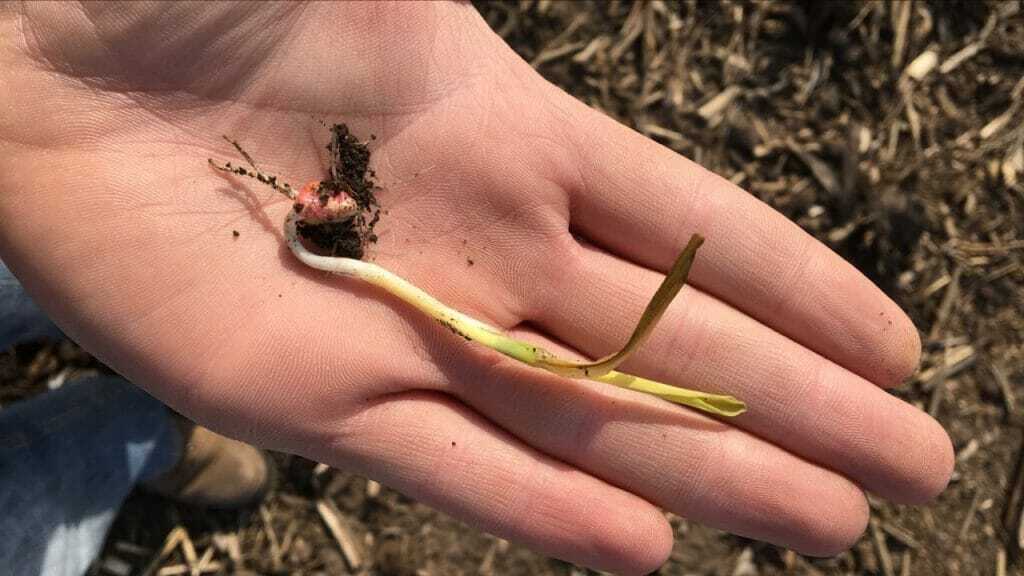 Spring Frost in Soybeans
Spring Frost in Soybeans If frost damage occurs below the soybeans’ cotyledons – the first leaves that emerge above ground – the plant will mostly likely fail to recover. Wilted and dried leaves will often remain on the plant after a frost event. In recovering soybeans, new leaves will emerge at the site of cotyledons – the first pair of embryonic leaves that appear above ground. If auxiliary buds growing at the juncture of the plant’s stem and cotyledons are not frozen, the plant is on track for recovery.
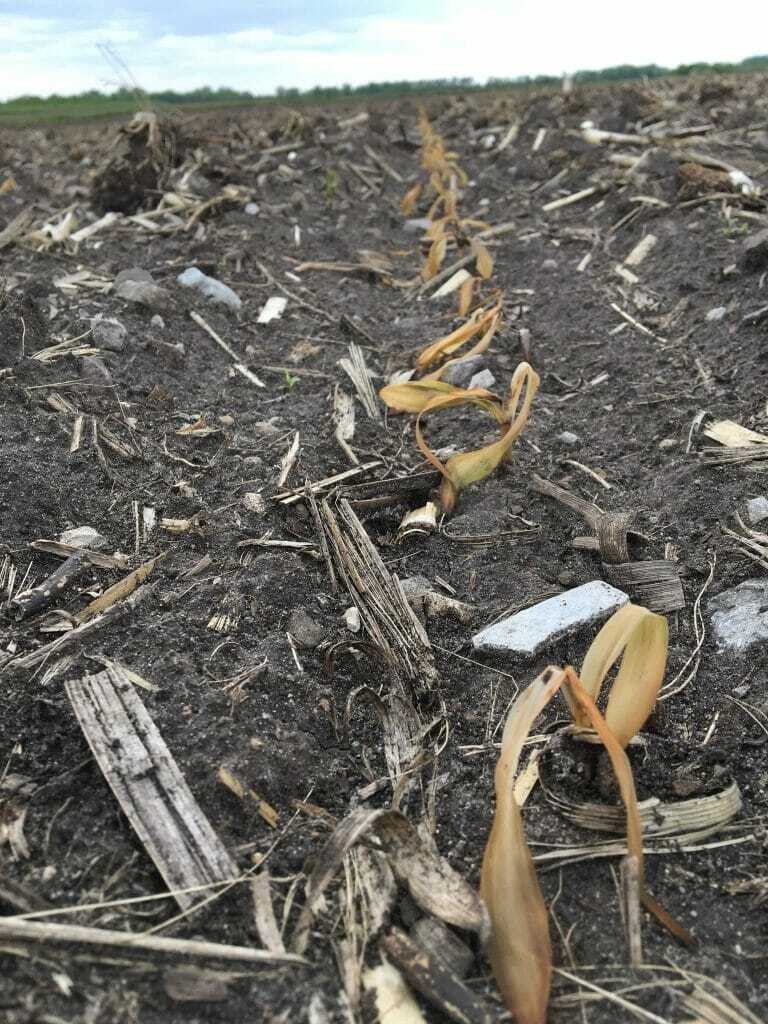 Spring Frost in Corn
Spring Frost in Corn Since corn plants are protected by soil for a longer period of time relative to soybeans, they are less susceptible to lethal frost injury. However, temperatures below 28°F can cause damage below the soil and compromise growth, leading to poor stands. Once the growing point is above ground, corn plants exposed to 32°F for a few hours and 28°F for a few minutes can be lethal. After an initial frost, continued cool temperatures can decrease yield due to the onset of stalk rot diseases.
If frost occurs before V6, yield loss is minimal. In recovering corn plants, you should see new leaf growth emerging from whorls. Yellow-colored tissue that exists above the growing point is a sign of regeneration.
-
Latham Hi‑Tech Seeds
Ask the Agronomist: Replanting After a Freeze
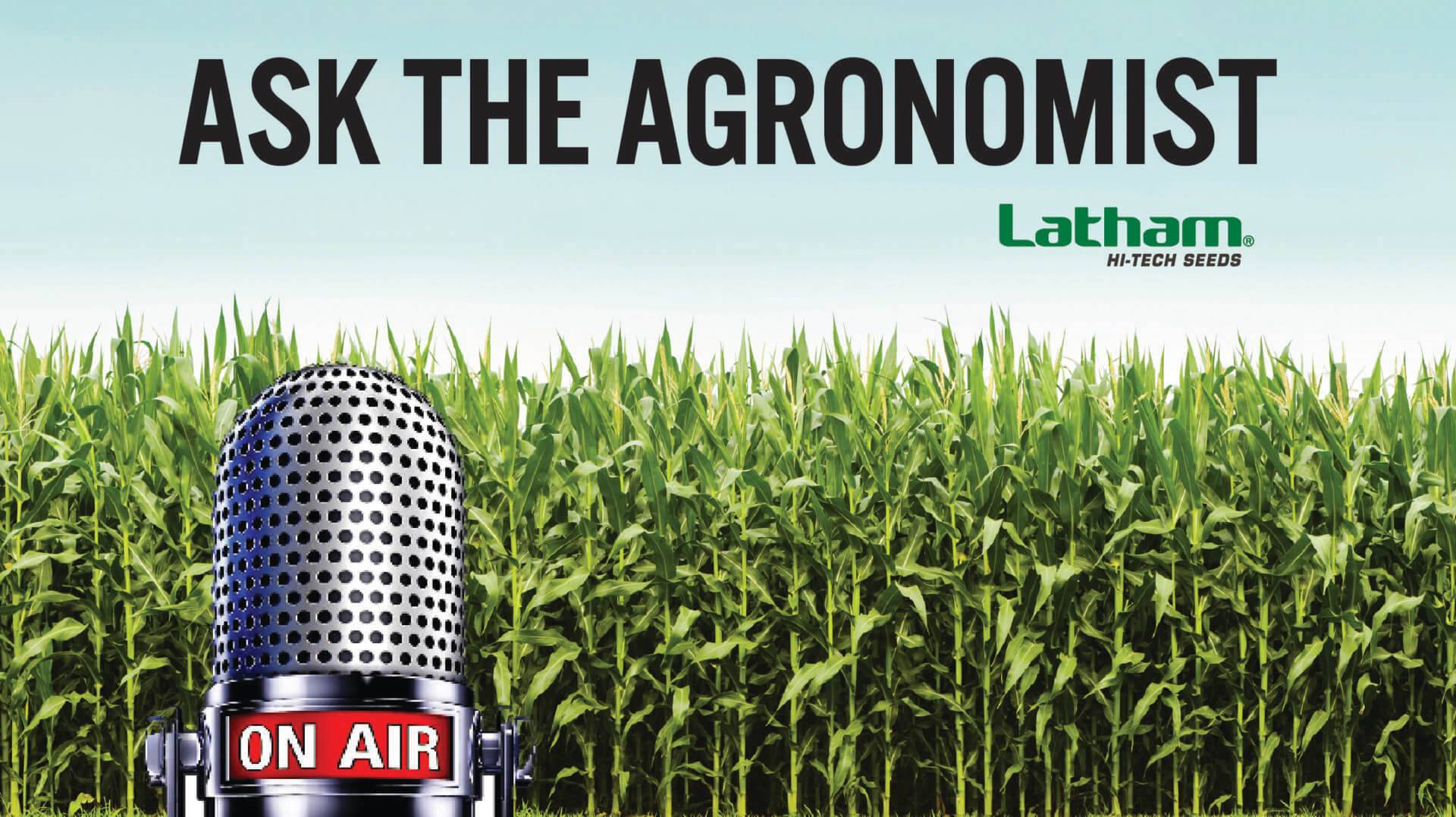
Q: My corn was standing about 4 inches tall when we experienced a hard freeze last weekend. Now many of those plants look black, so I’m wondering whether to replant.
To listen to Mark’s response, click below.
Audio PlayerA: Your newly planted crop may or may not bounce back, depending on its size when it was hit with the hard freeze. The growing point usually is above ground around V-6 to V-7. At this point of development, the corn seedling is about 6 to 8 inches tall, but that depends on the hybrid.
Regardless of crop size, the best thing to do if your crop was damaged is to wait 3 to 5 days after the freeze to evaluate damage. If corn plants are going to “stand back up,” you should be able to see it by this time. If they plants are still down, you’ll be able to gauge if a total replant is necessary or if you can just replant certain areas.
You can also dig up a few individual plants from different areas in your field and split them vertically to assess visual damage at the growing point. Typically, seedlings that have more than a 1/2 inch of healthy tissue above the growing point will develop into plants with high yield potential. Seedlings that have more tissue damage will likely not recover.
Click on the audio link to hear Latham’s senior agronomist and product manager Mark Grundmeier provide more details on the air with farm broadcaster Liz Brown of KOEL.
If you have a question about what you’re seeing in the fields, feel free to ask! Send your questions via Twitter to @LathamSeeds, in a private message on Facebook or call our office at 1-877-GO-LATHAM (1.877.465.2842).
Also be sure to check out TheFieldPosition.com for timely agronomic information. New articles are posted each week day on our blog. You can even search for “topics” by simply typing key words into the search bar on the upper right-hand corner.
Thanks for tuning in to this week’s Ask the Agronomist. We’ll be back again next week to field all of your questions during #plant16.
-
Latham Hi‑Tech Seeds
Note Effects of Frost and Plan Accordingly for Harvest
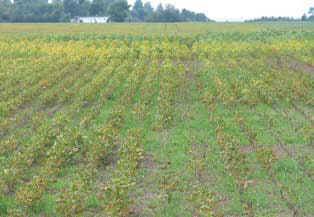
Weather is always a concern for farmers – and rightly so. Weather accounts for 70 bushels per acre, or 27 percent, of total yield! In research conducted by Dr. Fred Below, Professor of Plant Physiology at the University of Illinois, weather ranks as the most important factor affecting corn yield.
Corn and soybean crops across Latham Country were affected by a mid-September frost. Effects of the frost appear to be highly variable based on local climate conditions, crop maturity, and topographical features.
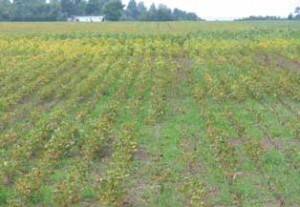 If you haven’t yet already done so, now is the time to scout crops affected by frost and prioritize fields for harvest. The amount of damage to corn from a frost or killing freeze depends largely upon two factors: (1) How cold it gets and for how many hours; and (2) The plant’s stage of development.
If you haven’t yet already done so, now is the time to scout crops affected by frost and prioritize fields for harvest. The amount of damage to corn from a frost or killing freeze depends largely upon two factors: (1) How cold it gets and for how many hours; and (2) The plant’s stage of development.When grain filling is stopped by frost/freeze damage, the grain itself is often impacted. Test weights are often impacted, and kernels tend to be softer and more susceptible to mechanical and drying damage. Misshapen and broken kernels impact air movement through dryers and storage bins, increasing the potential for losses at those stages as well.
When accessing frost damage in soybeans, watch for these characteristics:
- Green or elongated yellow soybeans that shrink to smaller than normal size after drying.
- Reduced oil content and quality.
- Higher moisture level (by 1% to 2%) than indicated by a moisture meter.
- Slower field dry-down.
Take note of crop damage and prioritize fields accordingly. Focus first on fields that are exhibiting lodging or are at the greatest risk of lodging. Rank and then harvest the fields where stalk lodging or stalk rot is the worst. Hybrid maturity and crop residue management should take a backseat to weak stalks.
Stalk quality problems often are not apparent until mid- to late September in years where crop development is delayed. Monitor corn fields for compromised stalk strength or the development of severe stalk rots, and adjust your harvest schedules accordingly. Harvest these fields early in the season to avoid the consequences of severe stalk lodging.
Prioritizing corn fields for harvest is always important. This year it may be even more so as there were so many variables affecting crop growth and development from planting through harvest. There are some areas that received enough rainfall, so the crop is growing fairly evenly across the field.
In a wet spring like we experienced, roots – or lack thereof – can be a real issue. Stalks could be weaker and the plants may be smaller in very wet or ponded areas of fields. Wet soils are more of a significant factor with bad roots or root lodging, and that would affect harvest decisions.
